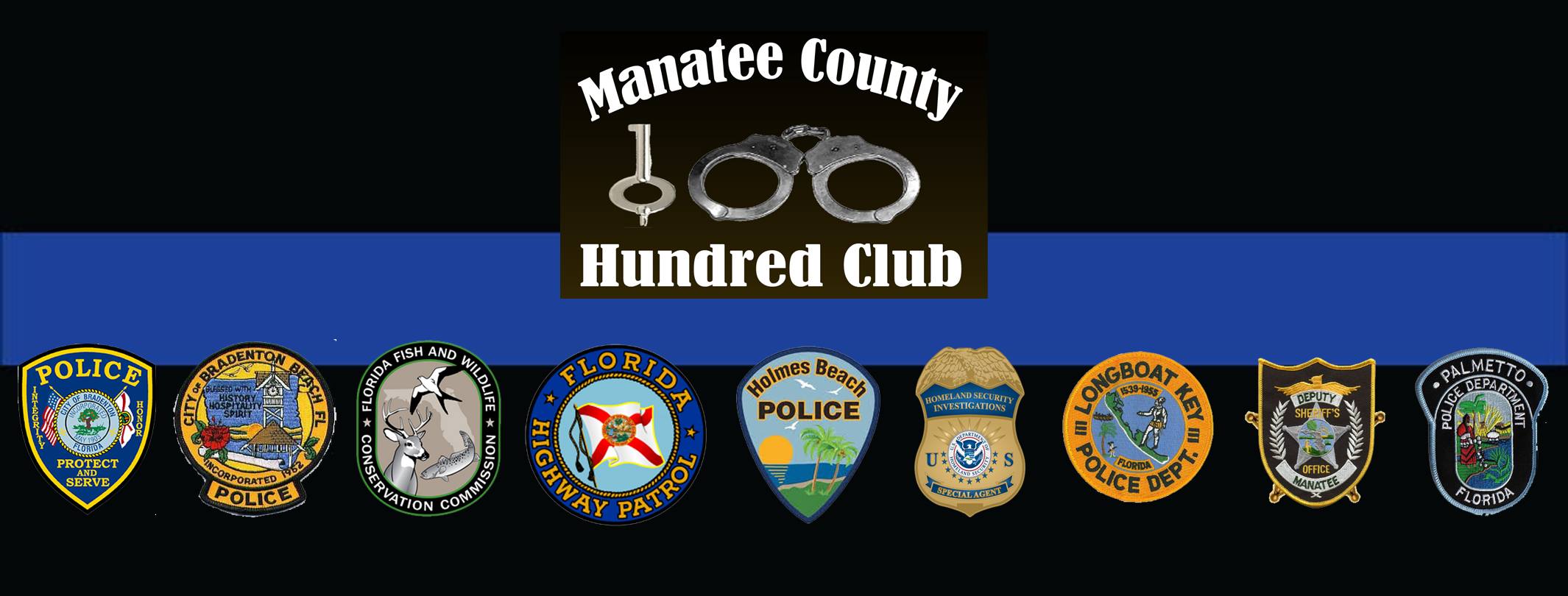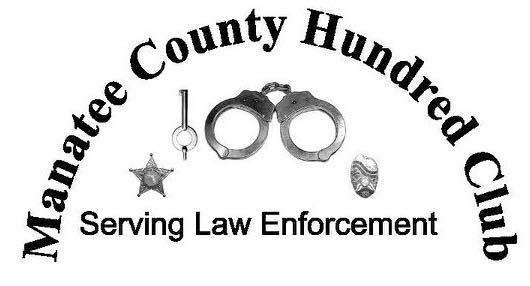In an era where community involvement in safety is paramount, Neighborhood Watch programs stand as a shining example of collective vigilance and shared responsibility. These programs, often organized by residents and supported by local law enforcement, play a vital role in enhancing neighborhood safety. In this blog post, we delve into the workings of Neighborhood Watch programs, exploring how they operate and contribute to creating secure and close-knit communities.
- Formation and Organization: Neighborhood Watch programs typically begin with concerned residents who come together to address local safety concerns. A designated coordinator or leader emerges to organize meetings, disseminate information, and liaise with law enforcement.
- Community Engagement: The success of Neighborhood Watch programs relies on active community engagement. Members attend regular meetings where they discuss local safety issues, share information, and collectively decide on strategies to enhance security.
- Building Trust with Law Enforcement: Establishing a strong partnership with local law enforcement is a cornerstone of Neighborhood Watch programs. Regular communication ensures a seamless flow of information, allowing law enforcement to address concerns and provide support.
- Communication Channels: Neighborhood Watch programs often use various communication channels, such as newsletters, social media groups, or dedicated apps, to keep residents informed about safety issues, recent incidents, and crime prevention tips.
- Training and Education: Members of Neighborhood Watch programs receive training on recognizing suspicious activities, reporting incidents effectively, and implementing basic crime prevention measures. This knowledge empowers residents to be more vigilant and proactive.
- Surveillance and Reporting: While Neighborhood Watch members are not law enforcement, they act as additional eyes and ears for the community. Residents report suspicious activities to law enforcement promptly, contributing to a faster response to potential threats.
- Building a Sense of Community: Beyond crime prevention, Neighborhood Watch programs foster a sense of community. Regular meetings, social events, and shared responsibilities create a network of support, strengthening the fabric of the neighborhood.
- Implementing Safety Measures: Neighborhood Watch programs often collaborate with law enforcement to implement safety measures such as improved lighting, signage, or traffic-calming initiatives. These physical changes contribute to a safer environment for residents.
- Emergency Preparedness: In addition to crime prevention, Neighborhood Watch programs often address emergency preparedness. Members may receive training on how to respond to natural disasters or other emergencies, enhancing overall community resilience.
- Expansion and Sustainability: Successful Neighborhood Watch programs often grow and evolve over time. New residents are encouraged to join, and the program may expand to cover larger areas. Sustainability is ensured through ongoing community involvement and leadership.
In conclusion, Neighborhood Watch programs embody the principle that safety is a collective effort. By fostering communication, education, and collaboration among residents and law enforcement, these programs create a powerful force for positive change. As neighbors watch out for one another, they contribute not only to crime prevention but also to the development of resilient, vibrant, and secure communities.
Author
-

Manatee Hundred Club Board Member and Supporter of Law Enforcement.
View all posts
Local Business Owner - Secure HR, LLC and Bridgely Key Options, LLC
Secure HR, Bridgely Key




